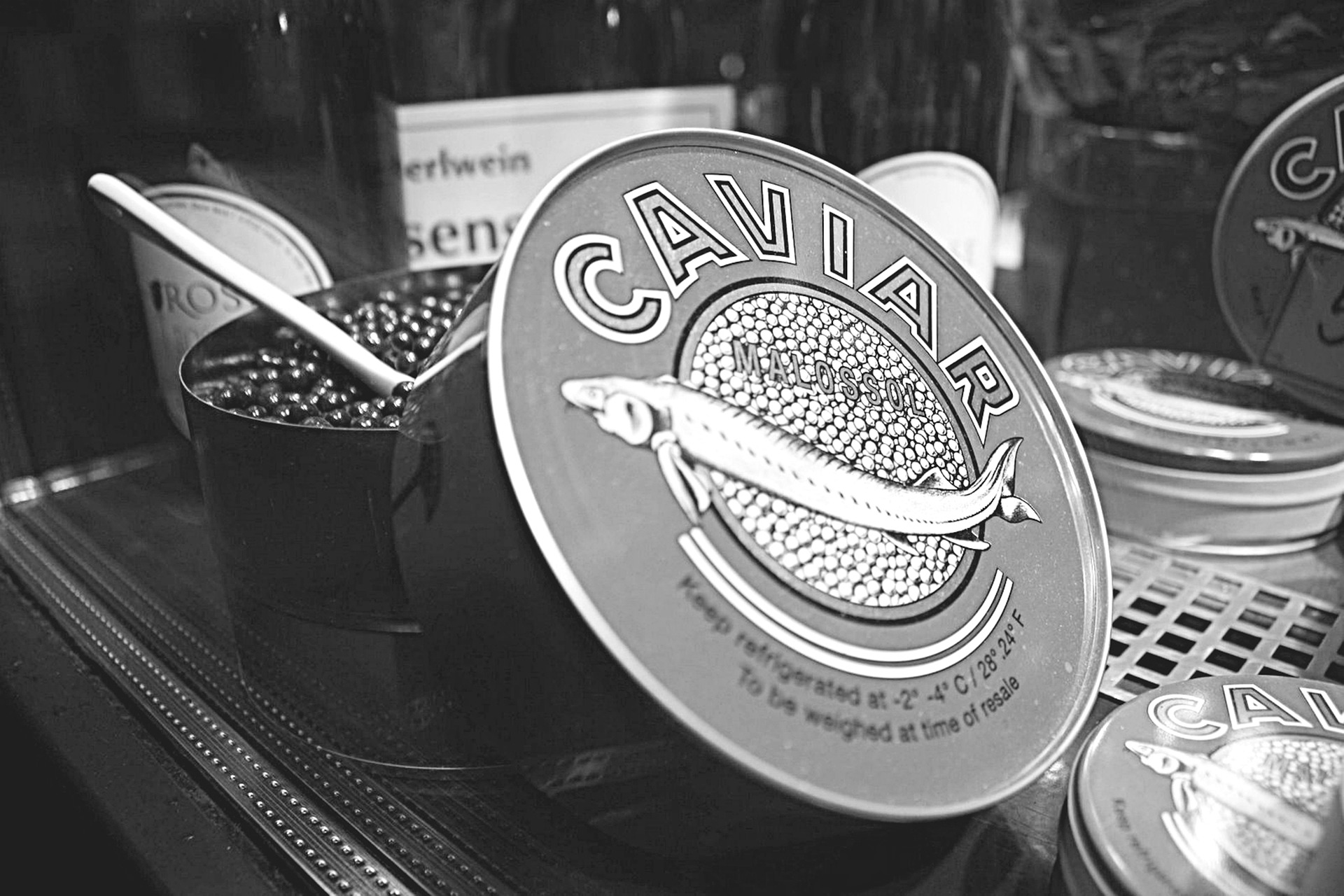
Fossils of Acipenseriform fishes date back to the Early Jurassic period some 174 to 201 million years ago. Sturgeons belong to this order as a family of Acipenseridae that consists of 27 species of fish. Sturgeons are bottom-feeders that can grow up to 2-3.5 m (7-12 ft) in length. Sturgeons are harvested for their roe (eggs), which is processed into the luxury food caviar.
Even historically, caviar was known as an item of luxury with many elites in the Persian, Greek and Roman empires have known to have enjoyed.
Among caviar the most exquisite variety is called Almas, Russian for diamond, that comes from southern Caspian Sea. These sturgeons go by the name of beluga.
Over-exploitation of the sturgeons has deemed it with the critically endangered status across the globe. US had imposed a ban on beluga caviar back in 2005 until the Caspian sea neighbors came to an agreement to set a limit on harvest and improve conservation methods to bring back the number of sturgeons in the region. The ban was lifted in 2007 after Azerbaijan, Iran, Kazakhstan, Russia and Turkmenistan agreed to a combined quota of 3,761 kg (8,292 lb) of beluga caviar. It was a decrease of 29% from the previous limit set in 2005.
Commercial caviar production historically involved stunning the fish and extracting the ovaries. Another method of extracting caviar is by performing a cesarean section, which allows the female to continue producing roe. Other farmers use a process called “stripping”, which extracts the caviar from the fish via a small incision made along the urogenital muscle when the fish is deemed to be ready to be processed. An ultrasound is used to determine the correct timing. Removing the caviar by massage may yield higher quality and a more sustainable source.
Caviar purists take no less than caviar sourced from sturgeon at least 60-100 years old. Some even above 100 years old.
Almas caviar is significantly hard to source because the white gold pearls are to come from an albino sturgeon. Female albino sturgeons have bright near translucent white skin with pink eyes. Albinism in belugas are exceptionally rare. Thus, explains the astronomical price tag upwards of $30,000 per kilogram. They are packaged in 24 K gold tins.







